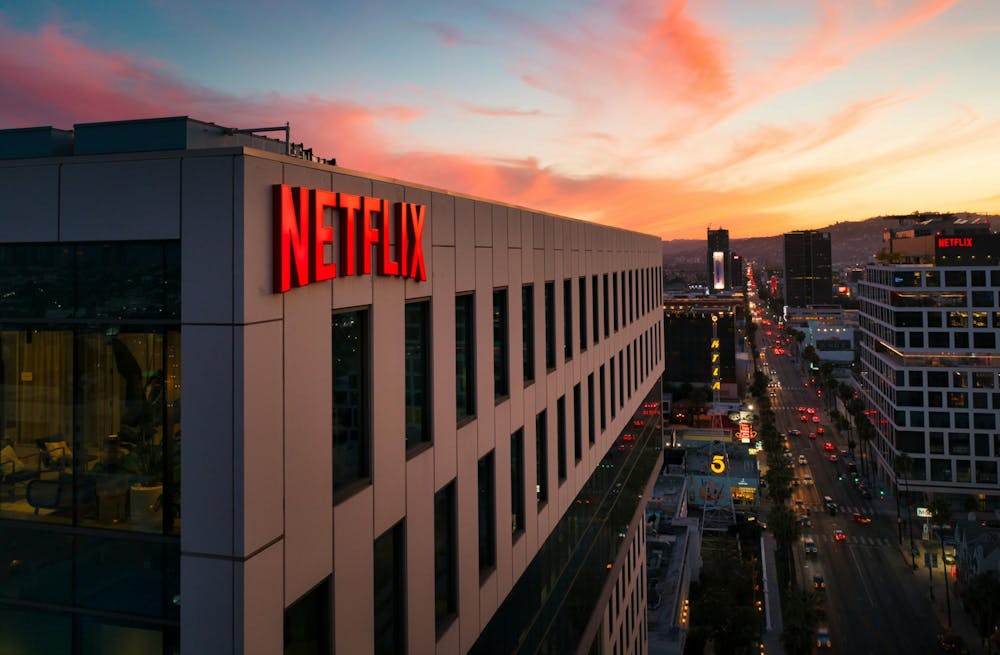“Supernatural” is a paranormal horror-action series which first aired on The WB on Sept. 13, 2005. It later moved to The CW and completed its run on Nov. 19, 2020. It is the longest-running American sci-fi/fantasy series, with 15 seasons and 327 episodes. Most of those episodes are bad. I would know — I’ve seen over 11 seasons of it. “Supernatural” was never a critical darling, but what it did have in its favor was a devoted fanbase. In 2023, three years after it ended, “Supernatural” was the 10th most-watched series on streaming, according to Nielsen. Almost all of the 10 most-streamed shows were long-running series acquired from networks. (The one exception was “Cocomelon,” and I don’t want to talk about “Cocomelon.”) Other shows which made up the top 10 were “Suits” at number one, “Grey’s Anatomy” at number four and “Friends” at number eight.
The numbers are clear: Audiences love shows spanning multiple seasons with hundreds of episodes. It doesn’t matter if the shows are formulaic (gun to my head, I couldn’t tell the difference between a scene from “Suits” or any other show with men in boardrooms) or if the shows run out of ideas in the later seasons — people will watch. The main villain of season 11 of “Supernatural” is God’s evil sister; her name is Amara and she has a romantic thing with the series’ protagonist, Dean Winchester. Yes, I watched all of season 11, and yes, I’m determined to finish the series. With long-running network shows, you grow attached to the characters and world — the familiarity is comfortable. You want to know what happens to the characters you’re attached to. You don’t get that connection with an eight-episode miniseries. If audiences so obviously adore long-running series, why does every Netflix original get canceled after two seasons and end on a cliffhanger? The answer is, of course, money.
In the traditional network TV model, you get money from advertising, syndication and overseas rights. The bigger the audience for a show, the more valuable the ad slots are, the more you can sell the show for syndication, etc., etc. The formula is clear: more viewers, more money. Streamers don’t work like that: They get money from subscribers. However, a lot of streamers now have ads on their platforms because they want that extra revenue stream (even though one of the reasons subscribers turned to streamers in the first place was to avoid ads). Even so, Netflix could drop hundreds of millions of dollars on a series and it could be insanely popular, but this success wouldn’t equate to earning money like it would for in network TV. Streamers either want new subscribers from their new content, or they want Emmys for their new prestige miniseries in order to elevate the reputation of the platform’s catalog.
Netflix started this, and they’re the only streaming platform making money. Every other streaming service is scrambling to copy their success. Shows are shorter now because Netflix said so — because it brings in subscribers. Netflix shows have 10-episode seasons to make it easier for new viewers to catch up. Netflix will cancel an insanely popular show after two or three seasons because the creators get paid more for each new season, and Netflix doesn’t want to pay up. Besides, long-running shows don't bring in new subscribers.
“Supernatural” isn’t exactly great art — you could even make the argument it’s bad art, but there will never be a streaming original which draws in audiences like “Supernatural” or “Gilmore Girls” or “Suits.” Instead, you get shows that trend on Twitter (now, unfortunately, X) for a week and are never thought about again.










